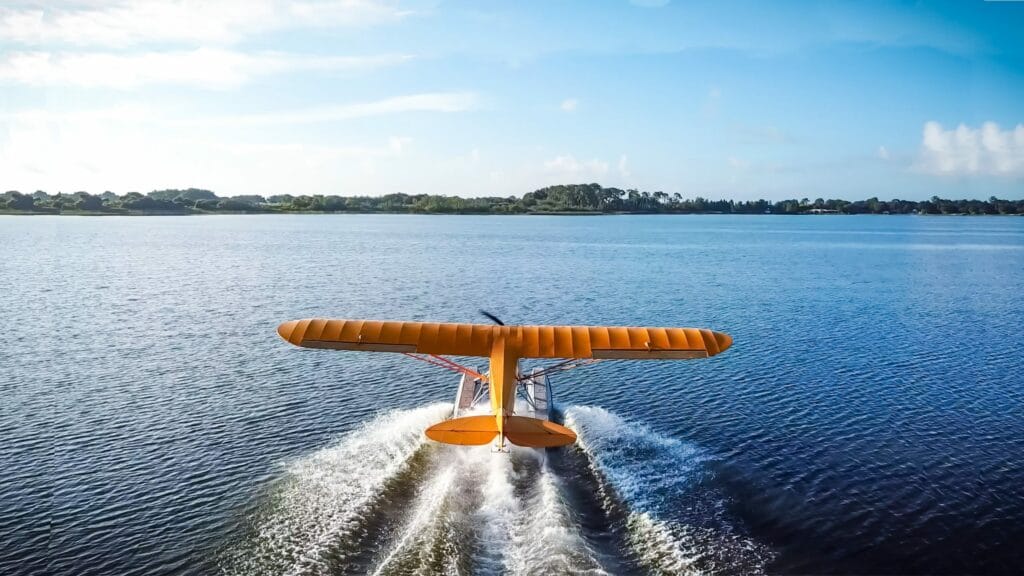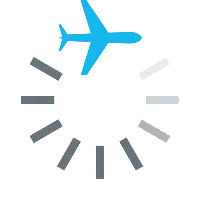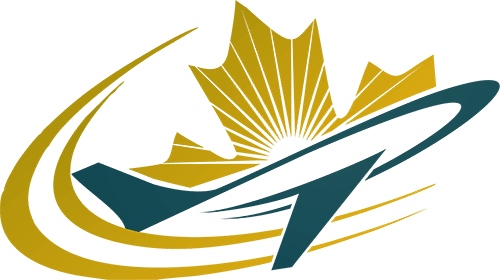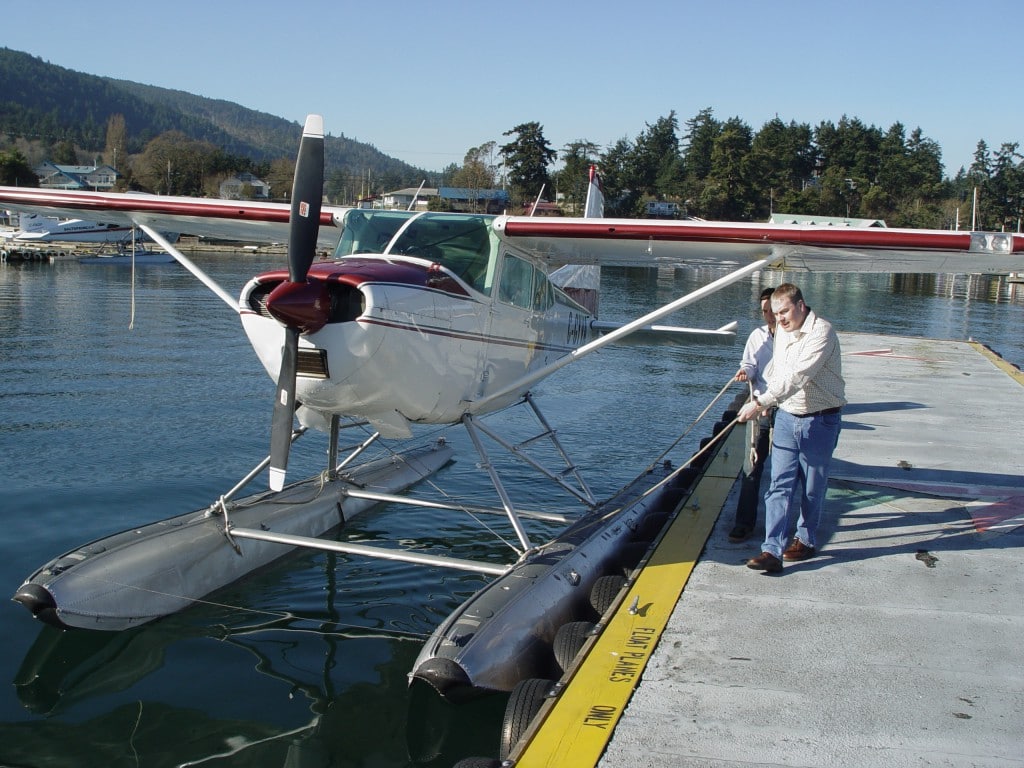Pilot Training for a Seaplane Rating
This is a small series on float flying in Canada. As this is a flight training related blog, we’ll go through a the sequential part of a typical flight. Although one could get their Private Pilot License based on a seaplane rating, this is normally reserved for pilots after they have earned their PPL. Most of this material has been compiled from older resources and from the Transport Canada Instructor Guide for Seaplanes.
Seaplane Rating Requirements
The basic seaplane endorsement is a minimum of 7 hours flight time, including 5 take-offs and landings as sole occupant. Depending on the individual pilot, your single engine seaplane rating can be completed in 2 or 3 days. Usually it invovles:
- 6 hours of dual flight instruction
- 1 hour of solo circuits

1. Pre–Flight Inspection
Pre-flight inspection of a seaplane is generally similar to that of a land plane. The major difference is the inspection of the floats.
Floats, wires, attachment gear and ropes must be thoroughly checked for holes, buckling, damaged fittings and extensive wear. Any damage should be reported to your instructor to determine a course of action.
The floats themselves should be inspected before each flight for possible leakage. Water in the float compartments can adversely affect water handling and flight characteristics including a shift in the aircraft’s center of gravity. Individual compartments should be pumped out through the built-in bilge pump-outs by a hand operated bilge pump.
Always count the number of ‘strokes’ in order to estimate the amount of water present. The step compartment will typically contain the most water because it is constructed with the most seams and rivets.
The water rudders are located at the rear of the floats and should be inspected for movement and connection to the air rudder and for their ability to be raised for flight. Thoroughly inspect the cables, pulleys and connectors for freedom of movement and signs of wear.

2. Evaluating Wind and Water Conditions
Wind and water conditions should be noted prior to start-up and taxiing. Before leaving the dock or ramp, the pilot should evaluate water and surface conditions, wind velocity and wind direction to determine the combined effects on taxiing and take-off maneuvers.
Remember, the focus of the floatplane pilot should remain OUTSIDE the aircraft from start-up until it is shutdown and safely secured at the end of the flight! It is best to have a plan in mind BEFORE you get into situations that might catch you off-guard.
Some tips for evaluating wind and water conditions:
• A band of slick flat water to the shore line will determine the direction of the wind. The width of the band will give an indication of the strength.
• Less than two wave lengths over the length of the float is generally considered too rough for take off.
• The presence of whitecaps generally indicates wind in excess of 9–12 knots.
• Smoke or steam is a good indicator of wind direction.
• Tethered vessels or docks generally ‘weather-cock’ into the wind.
• Tree leaves will show their silvery sides to the direction of the wind.
• The best indication is the wind sock, found at most seaplane bases.
• Look at the movement of floating object in the water to determine the direction and velocity of the current. (Remember, it may not always be downstream, if also affected by tides!)
Coming Soon
In our second part, we will examine what is required to taxi a seaplane, how to do a take-off, and more.
Questions? We can help!
Canadian Flight Trainers has a team of professional flight instructors, commercial pilots, and airline pilots on staff to answer all your questions. Not only are our ground schools recognized by all flight schools in Canada and the federal aviation regulator Transport Canada, our school is backed by a diverse group of experienced aviation professionals and curriculum developers. We ensure you are not alone in this process of learning and have your back in all aspects of pilot training.


